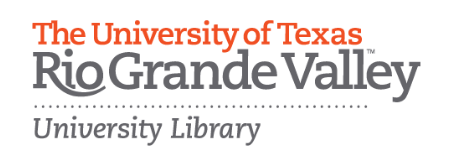What is Fair Use?
Start with an overview of fair use by viewing this short video:
Fair use is a copyright principle based on the belief that the public is entitled to freely use portions of copyrighted materials for purposes of commentary and criticism. Whether or not a specific use falls under Fair Use is determined by four factors:
- the purpose and character of your use
- the nature of the copyrighted work
- the amount and substantiality of the portion taken, and
- the effect of the use upon the potential market
Unfortunately, if the copyright owner disagrees with your fair use interpretation, the dispute may have to be resolved by a lawsuit or arbitration. If it’s not a fair use, then you are infringing upon the rights of the copyright owner and you may be putting yourself or the institution at risk. The only guidance for fair use is provided by a set of factors outlined in copyright law. These factors are weighed in each case to determine whether a use qualifies as a fair use.
Recognizing the differences between how copyrighted material and openly licensed or public domain material can be reused and shared legally, allows for a comprehensive understanding of the Fair Use principle.
Additional information on Fair Use and the TEACH Act can be found at the University of Texas Libraries – Crash Course on Copyright website.

